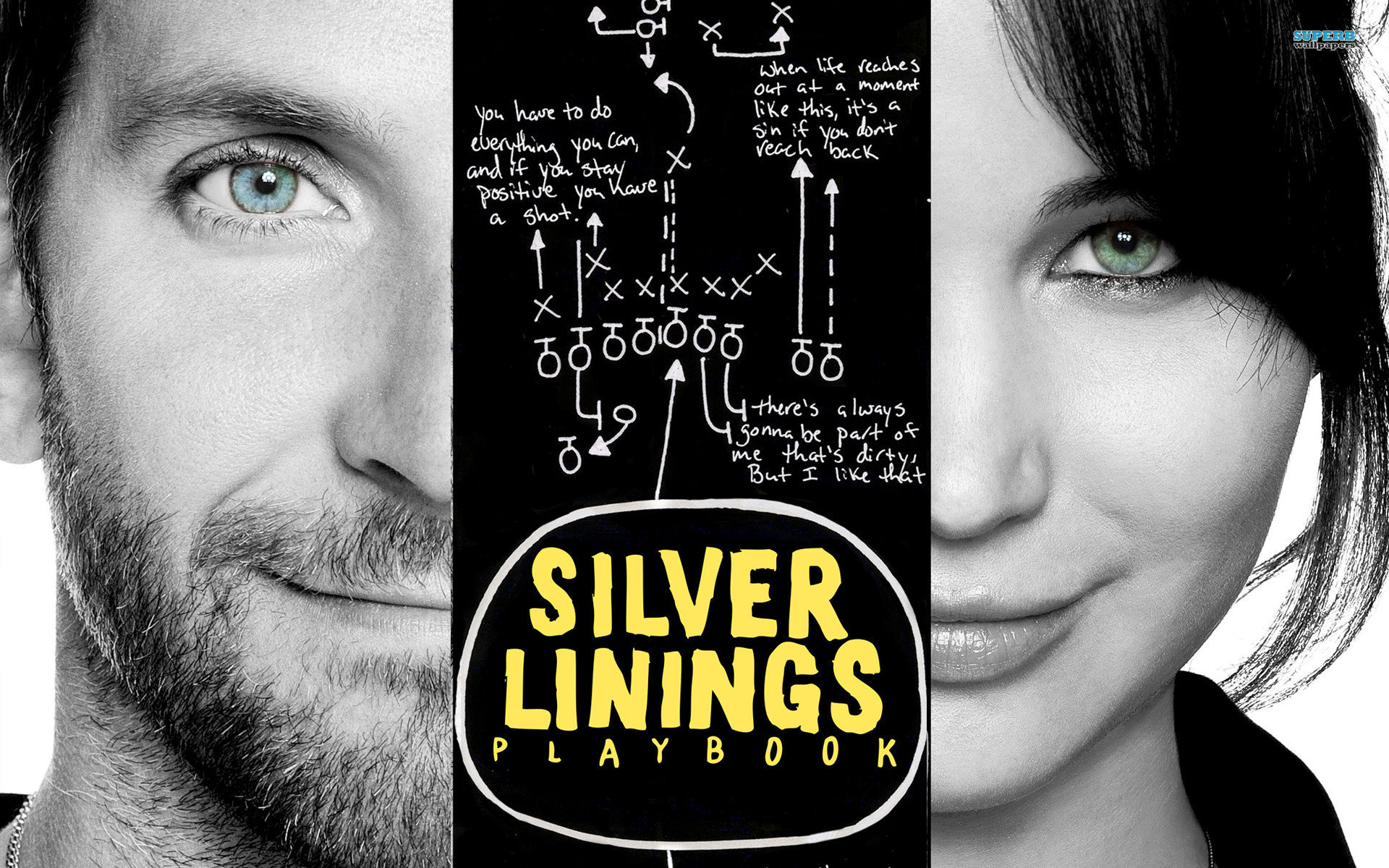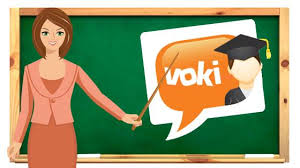January and February bring a change to the theme of SPHE and this time around we have to focus on growing and changing, which can be a difficult topic to teach. The most important thing is to teach it with confidence. To introduce the topic, I got the students to brainstorm ‘what is growing and changing?’ We then held a group discussion on it. I first discuss how we go through different changes. I focused on physical change and emotional changes. As a class we made our own definition of what puberty is.
To get the students involved, I lay out sheets of paper on the ground. Then one student lay on the ground and the others drew around the shape of their body. I got them to make two body shapes. One was labelled ‘boys’ and the other was labelled ‘girls’. I split the students into two groups. Then I asked the students to label and list any changes that they are aware of. Then after a few minutes we stuck the images on the whiteboard so that the whole class could see them. The students were then encouraged to identify any changes that happened to both males and females. The students understood that change happened to everyone, it just might happen at different times.
The students were then given out strips of paper with changes on them. They had to decipher which happened to girls, boys or both. I then gave the students an opportunity to write any questions that they may like to be answered over the next few sessions.











